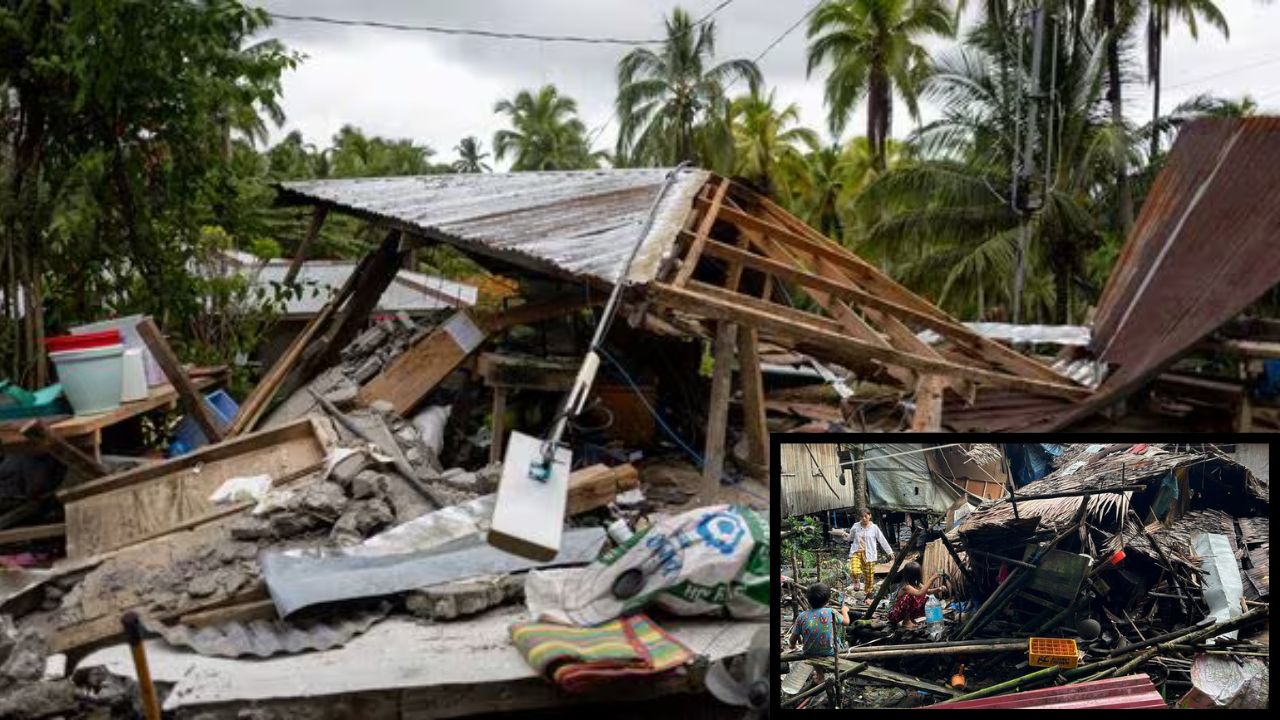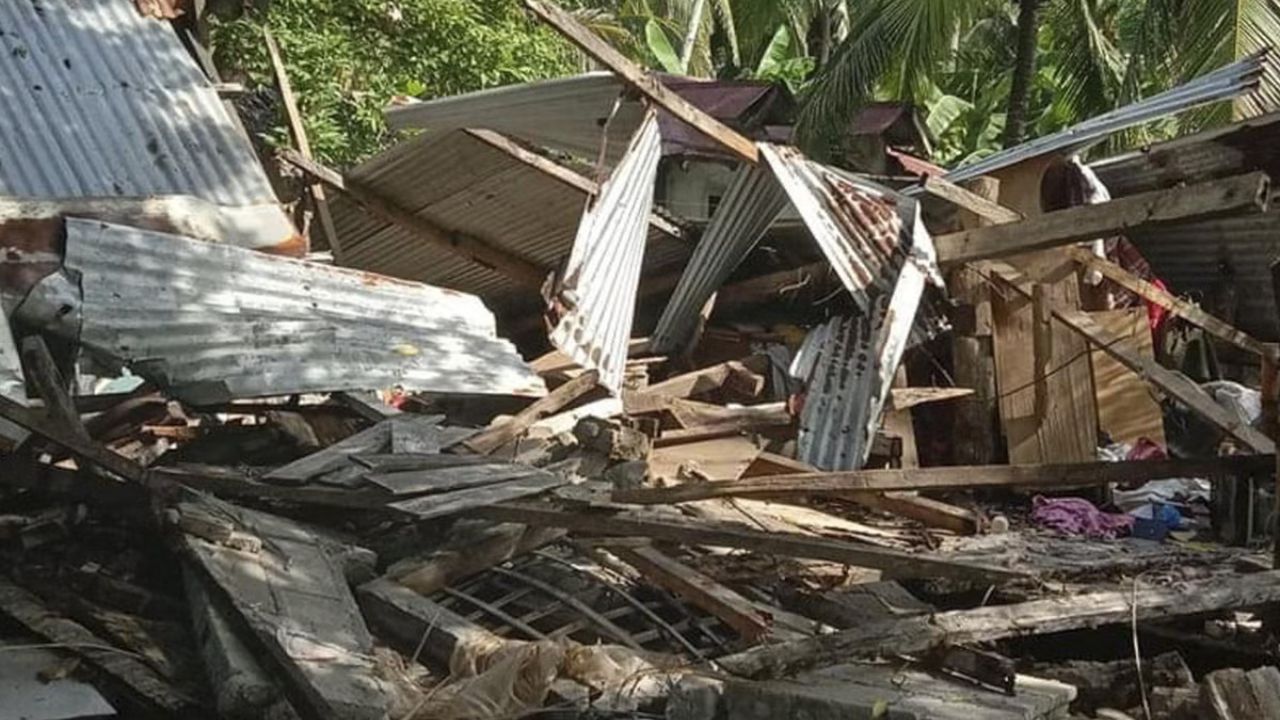 English
English

Just days after two deadly offshore tremors, another powerful earthquake has struck Mindanao — is this a sign of more tectonic instability along the Philippine Trench? Here’s what we know so far.

Earlier tremors caused landslides, building damage, and 7 confirmed deaths.
Mindanao: A magnitude 6.1 earthquake struck the island of Mindanao in the Philippines on Friday, 17 October, according to data from the German Research Centre for Geosciences (GFZ). The tremor comes shortly after twin quakes rocked the same region just a week earlier, raising fears of increased tectonic activity in the area.
Although the latest quake was less intense than the previous week’s 7.4 and 6.8 magnitude events, it has heightened concerns about the stability of the Philippine Trench, a major undersea fault line prone to seismic movements.
On 10 October, two powerful earthquakes struck off the coast of Davao Oriental, both triggered by movements along the Philippine Trench.
These twin tremors, referred to by seismologists as a “doublet”, were significant in both magnitude and timing — striking close together along the same fault line. Officials noted that this pattern may point to heightened tectonic stress in the region.
Magnitude 7.5 earthquake hits Philippines, tsunami warning lifted? Know what happened…
The Philippine Institute of Volcanology and Seismology (Phivolcs) confirmed that waves from the earlier quakes could have risen over 1 metre above normal sea level, especially along vulnerable coastal zones.
In the wake of these tremors:
President Ferdinand Marcos Jr. responded by mobilizing rescue teams and preparing relief operations, stating that government agencies were assessing the full extent of the damage.

Philippines lies on the Pacific Ring of Fire — faces over 800 quakes annually.
The Philippines is located on the Pacific Ring of Fire, a highly active seismic zone where tectonic plates frequently collide, shift, and subduct. This region is responsible for over 800 earthquakes annually, though most are too small to be felt.
Large offshore quakes, however, are common and potentially devastating, especially when they occur near populated coastal areas. The recent earthquakes underscore the need for early warning systems, robust infrastructure, and public awareness about earthquake safety.
Just two weeks prior, a magnitude 6.9 quake struck the island of Cebu, killing 74 people and marking the deadliest quake in the Philippines in more than a decade.
Seismologists warn that aftershocks and further activity along the Philippine Trench remain possible. Communities are urged to remain alert, particularly in Mindanao and eastern coastal areas, where the fault line runs closest to shore.
Phivolcs continues to monitor the area and will issue updates if further seismic activity is detected.